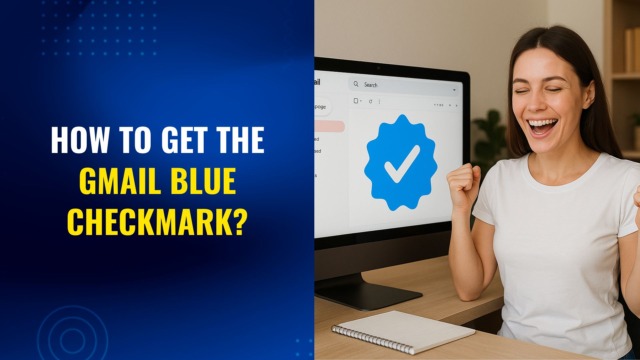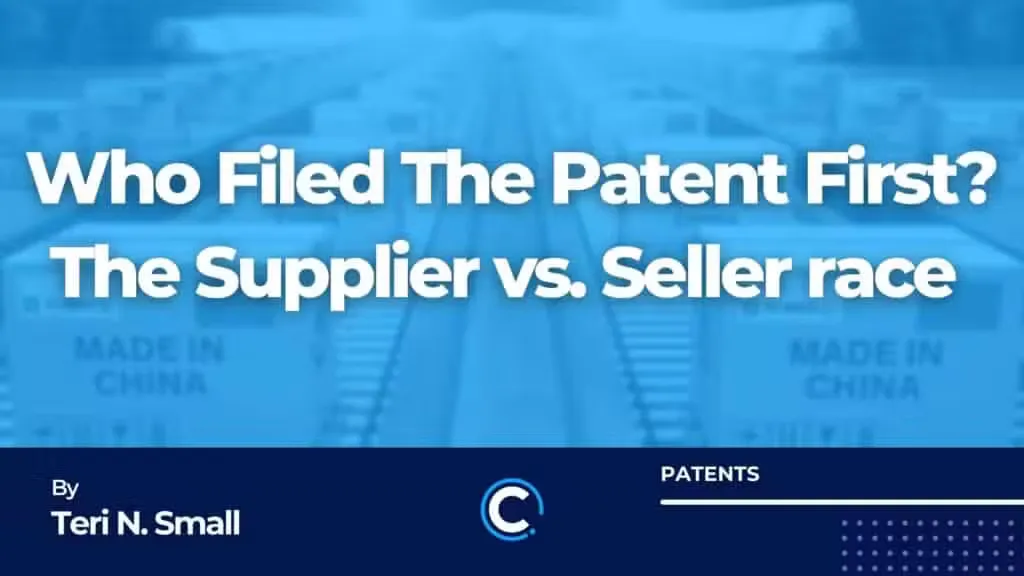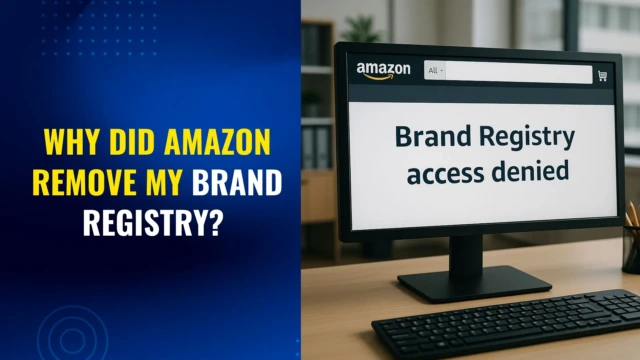
Book a FREE 15-minute consultation with an expert – Book Now
Protect Your E-Commerce Designs: The Supplier vs. Seller Patent Race

In the competitive world of e-commerce sales, having a trusted and experienced supplier can make a significant difference in product quality, profit margins, and, of course, earning positive customer reviews. For these reasons, many sellers turn to overseas suppliers, for example in China, for their expertise and global shipping capabilities. Experienced e-commerce sellers even rely on their suppliers as advisers in the design process. Manufacturers are and will continue to be, an integral part of the supply chain.
Register your designs, before your supplier does
Foreign suppliers are becoming savvier when it comes to building and maintaining their own patent portfolios. While this might not seem important at first glance, it is important to note that in countries with “first-to-file” patent systems, such as China and some European countries, this could have a significant impact on e-commerce sellers.
Our firm has seen many cases where the suppliers filed for a patent in their home countries (for instance, in China), covering the Seller’s design. This strategy effectively bars you, the rightful creator, from receiving patent protection for your designs, leaving you vulnerable to infringement and financial loss. Imagine the surprise and disappointment of a savvy e-commerce seller to find out that they are precluded from patent protection in a crucial market like China, all because their supplier filed for a patent first.

It’s important for e-commerce sellers to be aware of these developments, as without patent protection in key markets like Europe and China, you will have no legal means to enforce your ownership rights and the suppliers could profit from your designs by manufacturing, selling, and shipping knock-off versions of your products.
In this competitive world of e-commerce, it’s crucial to have a strategy in place to protect your IP rights. Here are some steps you can take:
- Prepare a formal contract with the supplier outlining the ownership and use of intellectual property in the manufactured product(s).
You may want to consider establishing a strong legal agreement with suppliers at the outset of the business relationship. In China, for example, “Non-Circumvention/Non-Disclosure/Non-Use Agreement” (NNN Agreement) can be a good tool for safeguarding your products and designs from IP infringement. The NNN agreement can prohibit the supplier from filing for IP protection, such as patents of any of your products or product designs. However, it’s important to note that the agreement must be written in Chinese and can include appropriate remedies for any breach of the agreement such as compensatory (money) damages.
It is important to note that this may not always be an appropriate strategy for sellers with a long relationship with your supplier. In that case, you might have to weigh the risks and benefits and decide whether this step is necessary for your business. It may be worth skipping this step if the agreement will negatively impact your relationship with your supplier. - Obtain International Patent Protection for your Designs and Inventions.
Securing intellectual property (IP) rights for your products and designs is crucial for any business operating in the global market, particularly in key markets such as China. This could include design patents (covering original designs related to shape, pattern, and color) and invention/utility patents (covering technological innovations with industrial applications).
It is crucial to secure the appropriate patent protection for your designs and inventions before making them available to the public or putting them on the market. This is because some countries have strict novelty requirements, meaning that the design or invention must be completely new and non-obvious, and do not offer a grace period during which you can file for protection after the product has been made public. Understanding the term of the patents you obtained is also important, as the duration of protection can vary depending on the type of patent and the country’s laws
- Enforce your patent rights against counterfeit products. There are several ways you can do this:
- Send a cease-and-desist letter to the alleged infringer.
- File an IP complaint with major e-commerce sites like Alibaba and Amazon.
- Record your IP rights with local Customs.
- Initiate administrative actions through the appropriate government agency.
- File a civil litigation complaint in intellectual property courts.
To Sum It Up:
There is no doubt that suppliers can be valuable partners in the design and production process. However, it’s important to be aware of their growing focus on building and maintaining their own patent portfolios. This could pose a significant threat to your business in countries that follow a “first-to-file” system, as it could affect your own IP rights. By following the steps outlined in this blog post, you can protect your IP rights abroad and ensure that you are able to enforce your ownership rights.
Don’t let your hard work and creativity go to waste. Take the necessary actions to safeguard your intellectual property rights in this competitive e-commerce world.
Legal Disclaimer: The articles published on our platform are for informational purposes only and do not constitute legal advice in any form. They are not intended to be a substitute for professional legal counsel. For any legal matters, it is essential to consult with us or a qualified attorney who can provide advice tailored to your specific situation. Reliance on any information provided in these articles is solely at your own risk.
Amazon Brand Registry – Discover for Free if You’re Eligible
Increase Your Chance of Getting a
Trademark to 96%
Subscribe to Our Newsletter
Sign up to receive valuable information on E-Commerce and intellectual property

